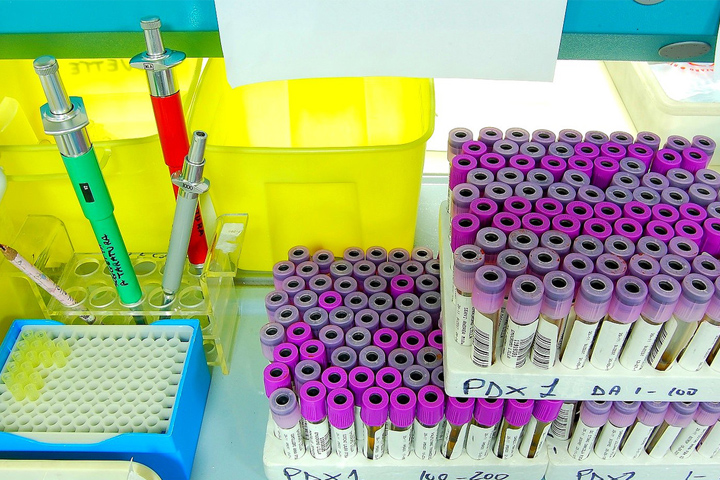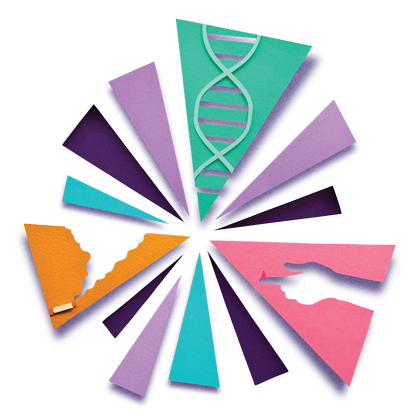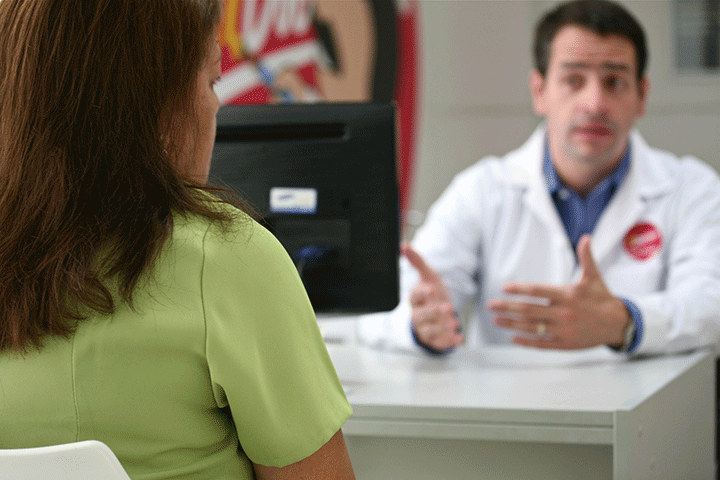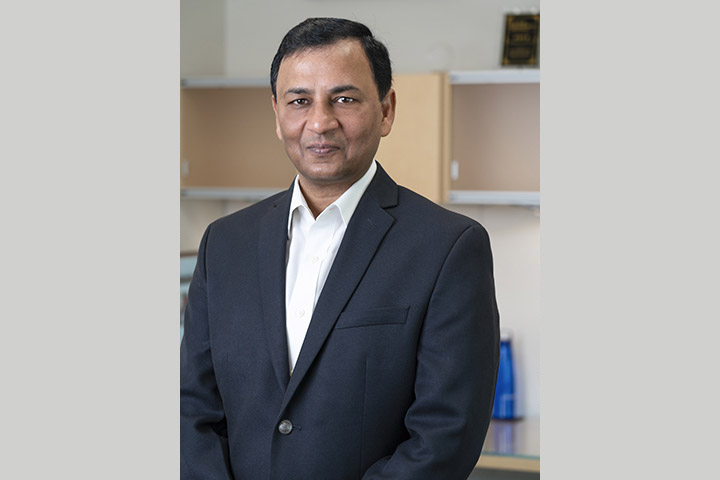Can a Pancreatic Cancer Screening Test Become a Reality?

As the third leading cause of cancer death among men and women in the United States, pancreatic cancer often goes unnoticed until it’s incurable.
Patients may experience nondescript belly pain, digestive drama or unexplained weight loss, but all of those issues are commonplace among an aging population. So the question becomes, who should be screened for the disease?
“Most people don’t get pancreatic cancer, and if they do, they get it later in life, so screening the entire population doesn’t make sense,” says Felice Schnoll-Sussman, M.D., director of The Jay Monahan Center for Gastrointestinal Health, at NewYork-Presbyterian Hospital/Weill Cornell Medical Center in New York.
Unlike breast or colon cancer, there are no recommended screening protocols for pancreatic cancer—in part because no screening test has been shown to lower the risk of dying from pancreatic cancer. But according to Schnoll-Sussman, certain high-risk groups may benefit from advanced screening technology.
Defining Risk
When pancreatic cancer is caught and treated at the earliest stages, people DO survive this disease. “The key to the kingdom is to detect it early,” says Schnoll-Sussman. With that in mind, screening for pancreatic cancer makes sound scientific sense if you fall into one of three categories:
- Strong family history. If you have two or more first-degree relatives with pancreatic cancer, most centers recommend pancreatic cancer screening, especially if their relatives were diagnosed at a younger age.
- Certain inherited genetic mutations. If you have abnormalities in certain genes, including BRCA1 and BRCA2 (which are implicated in breast and ovarian cancer), CDKN2A (implicated in melanoma), and the tumor suppressor gene APC, you may be at increased risk of developing pancreatic cancer. But people who have a rare genetic disorder called Peutz-Jeghers syndrome are at greatest risk. According to some estimates, the risk of developing pancreatic cancer among this group hovers around a 132-fold increase above the general population. Visit a genetic counselor to discuss your risk factors.
- Hereditary pancreatitis. The inflammatory nature of pancreatitis increases the risk of developing pancreatic cancer to nearly 50-fold. Smoking, diet and age compound the risk.
A Diagnostic Odyssey
An ideal screening test is safe, inexpensive and accurate. It should also diagnose disease at an early stage when it’s most treatable. Unfortunately, even the best screening tests carry some risks. But once a person is identified as “high risk,” experts believe the benefits of screening for pancreatic cancer with one of the following methods outweigh the risks.
- Blood tests: Doctors can test your blood for substances called tumor markers that sometimes shoot up when a person has pancreatic cancer. Two tumor markers, CA 19-9 and carcinoembryonic antigen, or CEA, may be helpful in identifying pancreatic cancer. The caveats: Blood tests don’t allow for early detection of pancreatic cancer since tumor markers may not rise until pancreatic cancer is advanced, if they spike at all. What’s worse, some people who don’t have pancreatic cancer might have high levels of these markers for other reasons and may be at risk of unnecessary—and even disabling—poking and prodding.
- Endoscopic ultrasound (EUS): EUS is widely accepted as the most promising imaging technology to detect pancreatic cancer because it offers a bird’s eye view of the pancreas. Doctors outfit a thin flexible tube (called an endoscope) with a small ultrasound probe and then pass it through your mouth or nose, down through the stomach and into the first part of the small intestine. Then they point it toward the pancreas (which lies next to the stomach and the first portion of the small intestine). If they see a lesion, they can thread a needle through the endoscope to get samples of tissue to test. What are the risks: EUS is an invasive procedure that requires general anesthesia (a risk in itself). In rare instances, the scope may tear the bowel wall or cause pancreatitis from inserting a needle into the pancreas.
- Magnetic resonance imaging (MRI) of the pancreas: MRI uses radio waves and magnets to obtain images of the pancreas. What are the risks: Early, precancerous lesions and removable tumors can be tough to spot. While MRIs can shine a light on these potentially harmful lesions, they could also subject patients to unnecessary scrutiny. “Since an MRI of the pancreas includes the whole belly, such scans have the potential to uncover something doctors call incidentalomas—incidental findings, such as a benign cyst in the liver or a nodule on the adrenal gland that may lead to invasive testing and treatment,” explains Schnoll-Sussman, who likens MRI scanning to opening Pandora’s box. On the flip side, a clean MRI doesn’t mean you’re in the clear for pancreatic cancer.
The Bottom Line
The success of any imaging test depends on the lesion being large enough for doctors to see (about 1 cm). Trouble is, the lesions that are really tiny are the ones doctors need to see to treat pancreatic cancer effectively.
Importantly, patients need to bear in mind the effects of entering a screening protocol. “Some people feel empowered by screening. If they don’t do it they feel like they’re sitting idly by and doing nothing,” explains Schnoll-Sussman. “Others enter screening programs and suffer debilitating anxiety that dramatically impacts their quality of life.”
It makes sense then that there’s no scientific consensus about when high-risk patients should begin screening and how frequently they should be screened. Some institutions screen patients every two to three years until the patient approaches the age of the youngest relative affected and then annually thereafter. Others initiate annual screening beginning at age 20 or 25, particularly for patients with Peutz-Jeghers syndrome.
In any case, patients also have to consider that resecting pancreatic lesions is by no means a simple procedure. “It’s not like going for getting your appendix, gallbladder or tonsils removed,” says Schnoll-Sussman. “When you do take out a piece of the pancreas, that’s a life-altering surgery.”
The silver lining is that enrolling in a surveillance program has fringe benefits. In addition to getting screened by knowledgeable doctors and possibly benefiting from life-saving detection, study participants help advance the science of early detection. Over the next few years, these studies should provide a wealth of information about who is at risk, which genes are implicated in pancreatic cancer risk and the best methods for early diagnosis and treatment.






